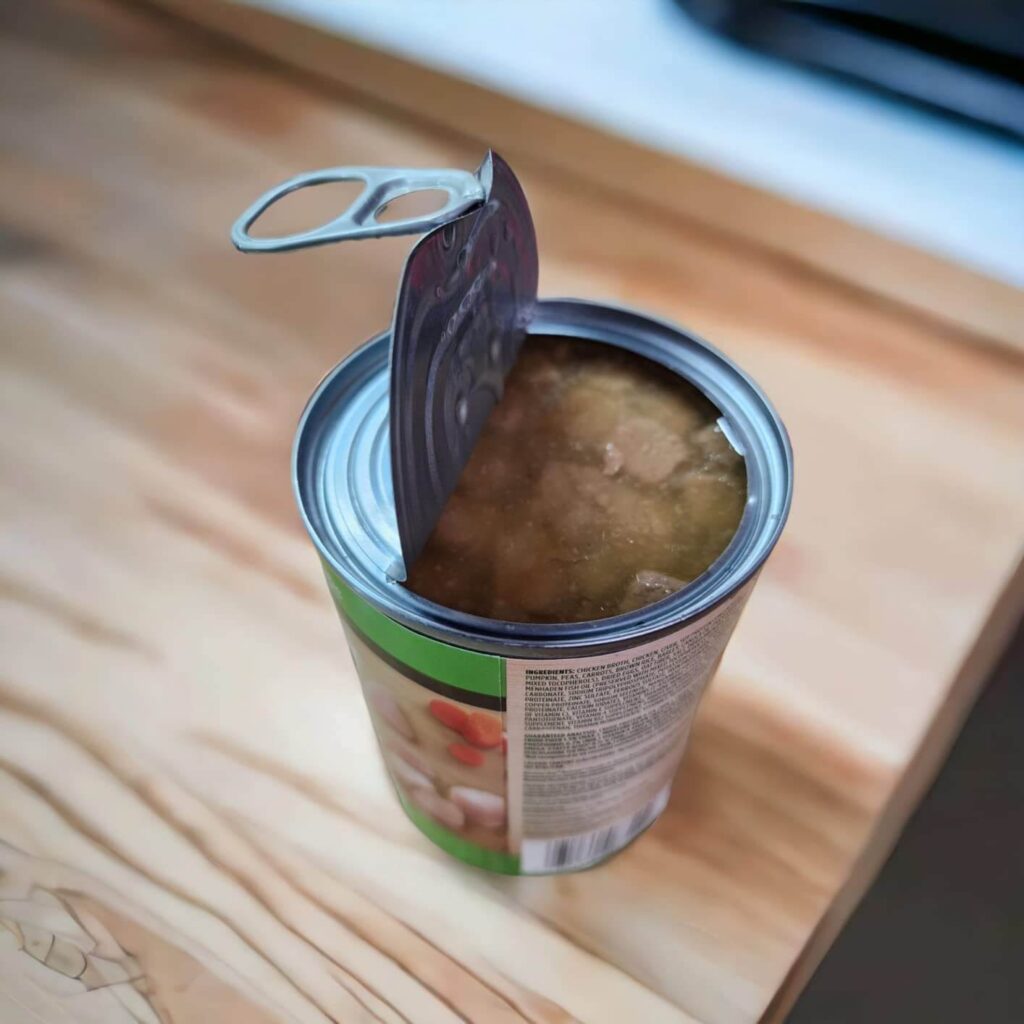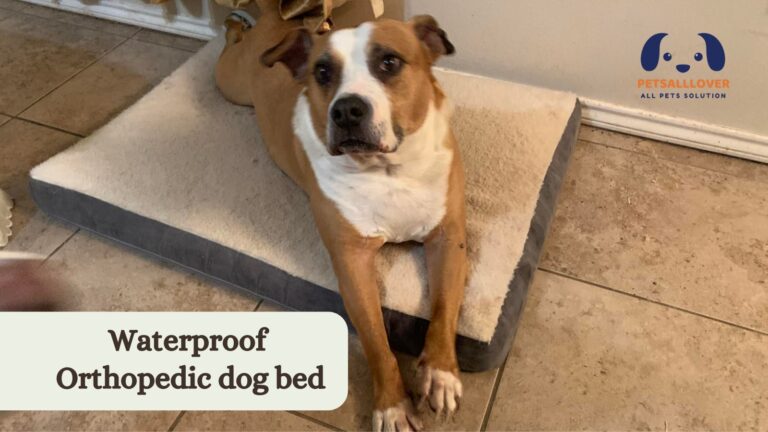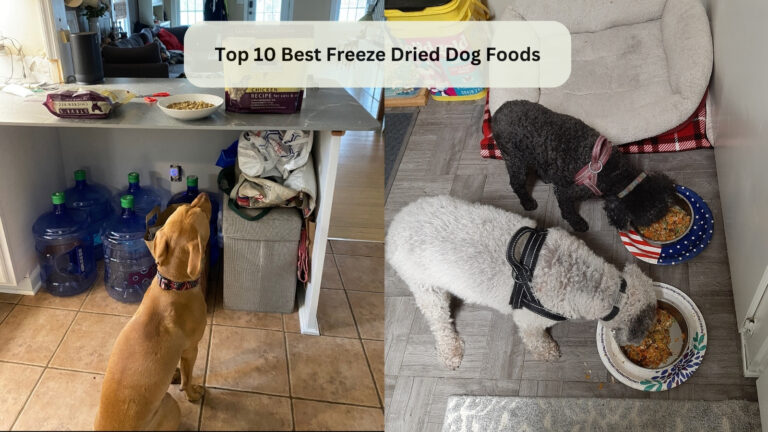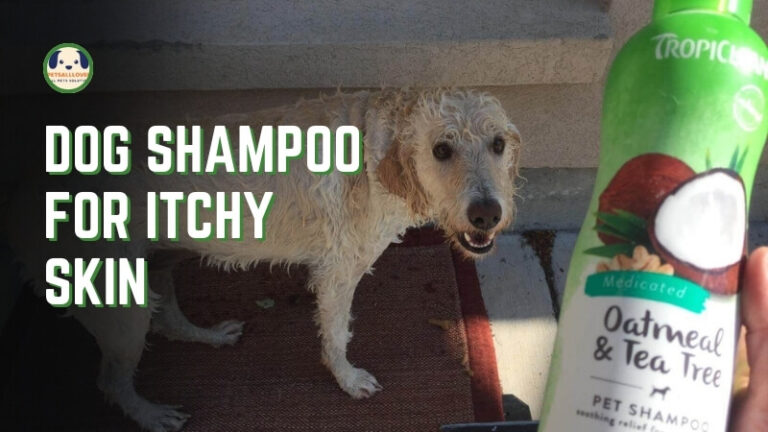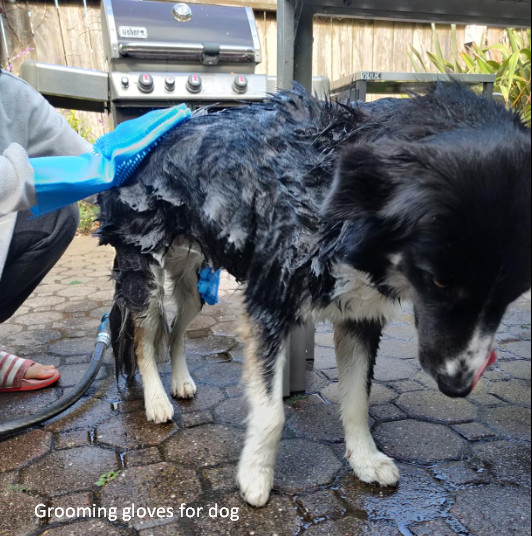Hydrolyzed Protein Dog Food: Best Choice for Allergic Dogs
Why Hydrolyzed Protein Dog Food Matters
If your dog suffers from food allergies, digestive issues, or frequent skin irritations, you may have heard about hydrolyzed protein dog food. But what exactly is it, and why is it recommended by veterinarians?
Hydrolyzed protein dog food is a specially formulated diet designed for dogs with sensitive stomachs or allergies. The proteins in this food are broken down into smaller components, making them easier to digest and less likely to trigger allergic reactions. Many pet owners turn to this type of food when their dogs experience chronic symptoms like itching, diarrhea, or vomiting after eating regular dog food.
In this guide, we’ll explore what hydrolyzed protein dog food is, why it’s beneficial, and how it can improve your dog’s overall health. Whether you’re a first-time dog owner or an experienced pet parent, this article will help you make an informed decision about your dog’s diet.
What Is Hydrolyzed Protein Dog Food?
Hydrolyzed protein dog food is a specialized type of pet food designed for dogs with food allergies, digestive sensitivities, or immune system disorders. The key difference between hydrolyzed protein dog food and regular dog food is how the protein is processed.
How Does It Work?
In hydrolyzed dog food, proteins are broken down into smaller peptides and amino acids through a process called hydrolysis. This process reduces the chances of the dog’s immune system recognizing the protein as an allergen, preventing allergic reactions such as itching, gastrointestinal distress, and inflammation.
🔹 Regular Protein: Larger protein molecules that can trigger immune responses.
🔹 Hydrolyzed Protein: Smaller, broken-down protein fragments that the body absorbs easily without causing reactions.
Why Is Hydrolyzed Protein Used in Dog Food?
Veterinarians recommend hydrolyzed protein diets for dogs with:
✅ Food Allergies & Sensitivities – Helps dogs that react negatively to common proteins like chicken or beef.
✅ Chronic Digestive Issues – Ideal for dogs with inflammatory bowel disease (IBD) or frequent vomiting and diarrhea.
✅ Elimination Diets – Used to identify food allergies by removing potential triggers.
💡 Fact: According to the American Kennel Club (AKC), food allergies are one of the most common causes of chronic itching and skin problems in dogs. Hydrolyzed protein diets can significantly reduce these symptoms.
By feeding your dog hydrolyzed protein dog food, you ensure they receive essential nutrients while avoiding harmful allergic reactions. Next, let’s explore the key benefits of hydrolyzed protein dog food and how it supports your pet’s long-term health.

Benefits of Hydrolyzed Protein Dog Food
Switching to hydrolyzed protein dog food can have significant health benefits for dogs suffering from allergies, digestive issues, and immune-related conditions. Below are the key advantages of this specialized diet:
1️⃣ Reduces Food Allergies & Skin Irritations
Dogs with food allergies often experience symptoms like itching, ear infections, and skin inflammation. Since hydrolyzed protein is broken down into smaller particles, the immune system does not recognize it as a threat, preventing allergic reactions.
✅ Prevents itching, redness, and hives
✅ Reduces ear infections caused by food allergies
✅ Improves coat health and reduces excessive shedding
💡 Veterinary Insight: Studies published by the American Veterinary Medical Association (AVMA) indicate that hydrolyzed diets can significantly reduce allergic reactions in dogs with food sensitivities.
2️⃣ Supports Healthy Digestion
For dogs with sensitive stomachs or conditions like inflammatory bowel disease (IBD), digesting regular proteins can be difficult. Hydrolyzed proteins are easier on the digestive system, reducing symptoms like:
🔹 Chronic diarrhea or loose stools
🔹 Frequent vomiting after meals
🔹 Gas and bloating issues
✅ Hydrolyzed protein is easily absorbed, reducing digestive stress
✅ Gentle on the stomach, making it ideal for dogs with IBD
3️⃣ Recommended for Veterinary Elimination Diets
Many veterinarians use hydrolyzed protein dog food in elimination diets, which help diagnose food allergies. Since the protein molecules are broken down, this diet eliminates the risk of allergic reactions, helping vets pinpoint which ingredients may be causing health issues.
✅ Helps identify food allergies in dogs
✅ Used as a trial diet for pets with chronic gastrointestinal problems
4️⃣ Supports Overall Immune Health
Dogs suffering from food-related immune responses often have weakened immune systems. Hydrolyzed protein diets provide essential amino acids that support immune function without triggering adverse reactions.
✅ Enhances gut health, which is linked to a strong immune system
✅ Reduces inflammation that can lead to long-term health issues
💡 Fact: According to research from the Journal of Veterinary Internal Medicine, dogs on hydrolyzed protein diets show improvement in skin health, digestion, and immune response within a few weeks.
If your dog struggles with allergies, digestive problems, or food sensitivities, hydrolyzed protein dog food can be a life-changing solution. In the next section, we’ll discuss how to recognize the signs that your dog might need a hydrolyzed diet.
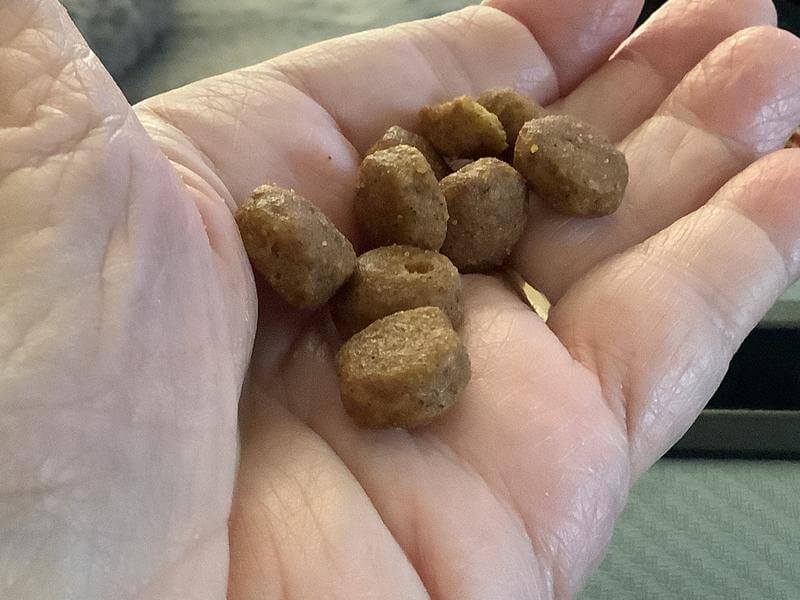
Signs Your Dog Might Need Hydrolyzed Protein Dog Food
Not sure if your dog needs hydrolyzed protein dog food? Many pet owners don’t realize their dog’s symptoms could be linked to food allergies or digestive sensitivities. Here are the key signs that indicate it might be time to switch to a hydrolyzed diet.
1️⃣ Chronic Itching and Skin Irritation
One of the most common signs of food allergies in dogs is persistent itching, rashes, and skin inflammation. Dogs may constantly scratch, bite, or lick their paws and body, leading to:
🚩 Red, irritated skin
🚩 Hair loss or bald patches
🚩 Frequent ear infections or head shaking
💡 Tip: If your dog has ongoing skin issues and antihistamines or medicated shampoos don’t help, food could be the trigger. Switching to hydrolyzed protein dog food may relieve these symptoms.
2️⃣ Frequent Digestive Issues
Food allergies and intolerances often lead to digestive problems, including:
🚩 Chronic diarrhea or loose stools
🚩 Vomiting after eating
🚩 Excessive gas and bloating
These symptoms suggest that your dog is struggling to digest certain proteins. Hydrolyzed protein is broken down into smaller, more digestible components, reducing digestive stress.
3️⃣ Loss of Appetite or Weight Loss
If your dog refuses to eat or is losing weight despite regular feeding, it could be due to food intolerance. A dog with food-related digestive issues may:
🚩 Be reluctant to eat meals
🚩 Lose interest in food they previously enjoyed
🚩 Experience unexplained weight loss
Hydrolyzed protein dog food is designed to be gentle on the stomach, making it easier for dogs to digest and absorb nutrients.
4️⃣ Recurrent Ear Infections
Chronic ear infections can sometimes be linked to food allergies. If your dog frequently shakes its head, scratches its ears, or has a bad odor coming from the ears, it could be a sign of an allergic reaction to food.
🚩 Red or inflamed ears
🚩 Frequent head shaking
🚩 Dark discharge or odor from the ears
💡 Fact: A study by the American College of Veterinary Dermatology found that 50% of dogs with food allergies experience recurrent ear infections.
5️⃣ Your Veterinarian Recommends an Elimination Diet
If your vet suspects that your dog has food allergies, they may suggest an elimination diet using hydrolyzed protein dog food. This allows pet owners to remove common allergens from their dog’s diet and monitor for improvements.
🚩 Vets often prescribe hydrolyzed protein diets as a diagnostic tool
🚩 It helps pinpoint which food ingredients may be causing issues
Final Thought for This Section
If your dog experiences any of these symptoms, consult a veterinarian to determine if hydrolyzed protein dog food is the right solution. Up next, we’ll explore the best hydrolyzed protein dog food brands to help you choose the right one for your pup.
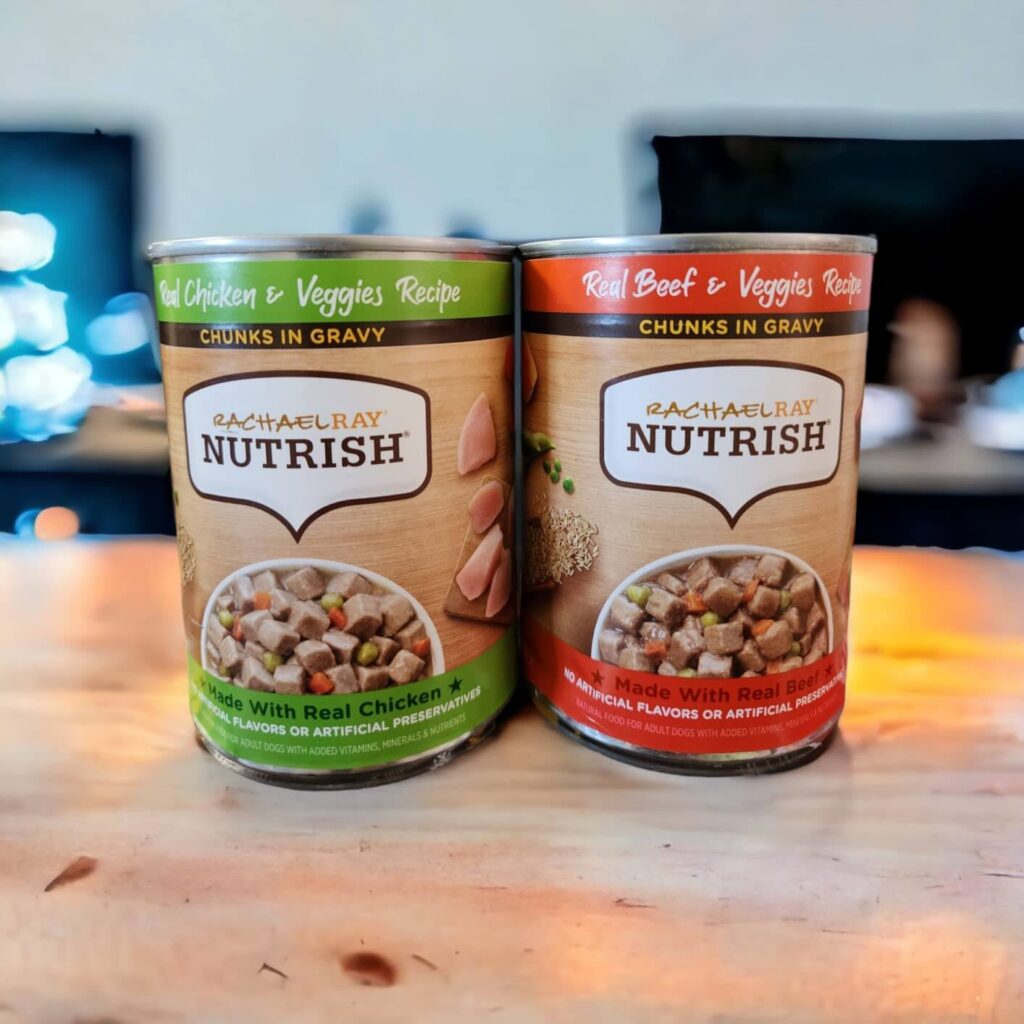
Best Hydrolyzed Protein Dog Food Brands (Reviewed)
Choosing the right hydrolyzed protein dog food is essential for managing food allergies, digestive issues, and skin sensitivities in dogs. Below are some of the best hydrolyzed protein dog food brands, recommended by veterinarians for their high-quality ingredients and effectiveness.
Top 5 Best Hydrolyzed Protein Dog Food Brands
| Brand Name | Key Features | Best For | Vet Recommended? |
|---|---|---|---|
| Royal Canin Hydrolyzed Protein | Hydrolyzed soy protein, enriched with omega-3 fatty acids, highly digestible | Dogs with skin allergies & IBD | ✅ Yes |
| Hill’s Prescription Diet z/d | Single-source hydrolyzed protein, free from artificial additives | Dogs with food sensitivities & elimination diets | ✅ Yes |
| Purina Pro Plan Veterinary Diets HA | Hydrolyzed soy isolate, supports immune health, no common allergens | Dogs with severe food allergies | ✅ Yes |
| Blue Buffalo Natural Veterinary Diet | Hydrolyzed salmon protein, grain-free, rich in antioxidants | Dogs with grain allergies & sensitive digestion | ✅ Yes |
| Ultamino by Royal Canin | Ultra-hydrolyzed proteins, designed for extreme allergic reactions | Dogs with severe, recurrent allergies | ✅ Yes |
How to Choose the Best Hydrolyzed Protein Dog Food
When selecting the right hydrolyzed protein dog food, consider the following:
✅ Protein Source: Ensure the food contains hydrolyzed protein from a trusted source, such as hydrolyzed soy, chicken, or salmon.
✅ Nutritional Balance: Look for essential fatty acids (Omega-3 & 6), prebiotics, and antioxidants to support skin health and digestion.
✅ Veterinarian-Recommended Formulas: Always choose vet-approved diets from reputable brands.
✅ No Common Allergens: Avoid food with dairy, wheat, artificial preservatives, or dyes, which can trigger allergies.
💡 Tip: Always transition your dog gradually to a new diet (which we’ll cover in the next section). This helps prevent digestive upset and ensures a smooth switch.
Final Thought for This Section
Selecting the right hydrolyzed protein dog food can make a significant difference in your dog’s health. If you’re unsure which brand to choose, consult your veterinarian for recommendations.
Next, let’s discuss how to transition your dog to a hydrolyzed diet safely.
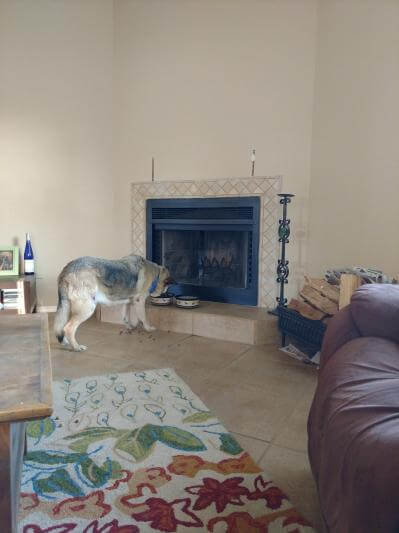
How to Transition Your Dog to hydrolyzed protein for dogs with allergies
Switching your dog’s diet to hydrolyzed protein dog food requires a gradual transition to prevent digestive upset. Dogs have sensitive digestive systems, and a sudden diet change can lead to vomiting, diarrhea, or food refusal.
Follow this step-by-step guide to transition your dog smoothly.
Step-by-Step Transition Plan (7-10 Days)
| Days | Old Food (%) | Hydrolyzed Food (%) |
|---|---|---|
| Day 1-3 | 75% old food | 25% hydrolyzed food |
| Day 4-6 | 50% old food | 50% hydrolyzed food |
| Day 7-9 | 25% old food | 75% hydrolyzed food |
| Day 10 | 0% old food | 100% hydrolyzed food |
Transitioning Tips for Success
✅ Monitor for Reactions: Keep an eye out for any digestive discomfort (vomiting, diarrhea, gas). If symptoms occur, slow down the transition process.
✅ Keep Mealtimes Consistent: Feed your dog at the same time daily to maintain routine and digestion stability.
✅ Avoid Mixing with Treats or Other Foods: During the transition, avoid adding extra treats, table scraps, or other food sources that may interfere with the effectiveness of hydrolyzed protein food.
✅ Encourage Picky Eaters: If your dog is hesitant, try adding warm water to the food to enhance the aroma and make it more palatable.
✅ Consult a Vet if Needed: If your dog refuses to eat or experiences prolonged digestive issues, seek veterinary advice.
💡 Fact: According to the American Veterinary Medical Association (AVMA), dogs with severe food allergies may take 4-6 weeks to show noticeable improvements after switching to a hydrolyzed diet.
A slow and steady transition to hydrolyzed protein dog food ensures your dog adapts comfortably without digestive distress. If done correctly, you’ll start noticing improvements in their skin health, digestion, and energy levels.
Next, let’s address some of the most common questions dog owners have about hydrolyzed protein dog food!
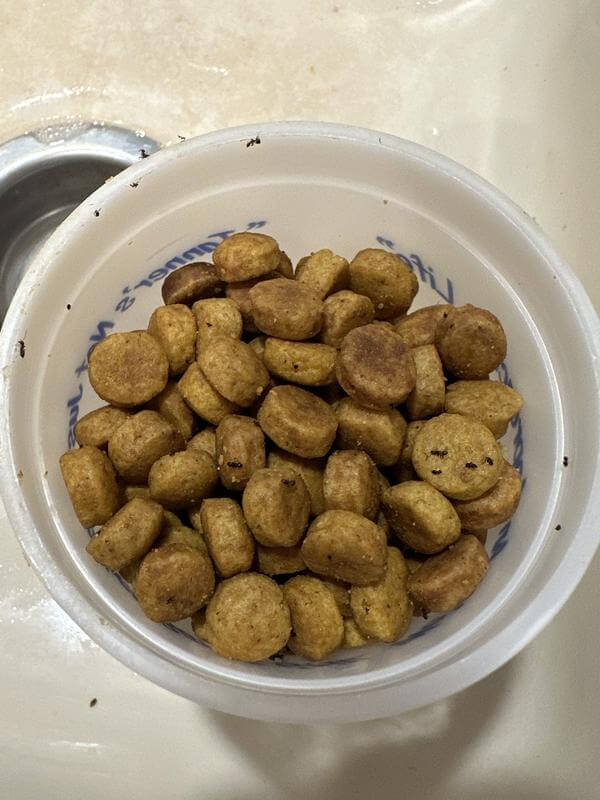

FAQs – Common Questions from Dog Owners
Many pet owners have questions before switching to hydrolyzed protein dog food. Below are the most frequently asked questions to help you understand whether this diet is right for your dog.
Is hydrolyzed protein dog food safe for all dogs?
✅ Yes, hydrolyzed protein dog food is generally safe for all dogs, but it is specifically designed for those with food allergies, digestive issues, or inflammatory conditions.
⚠️ If your dog does not have these conditions, a regular balanced diet may be more suitable.
How long does it take to see results after switching to hydrolyzed protein dog food?
📌 Most dogs show noticeable improvement within 4-6 weeks, especially in terms of reduced itching, better digestion, and overall energy levels.
📌 For dogs with severe food allergies, it may take up to 12 weeks for their immune system to fully adjust.
💡 Tip: Keep a journal to track symptoms and improvements after transitioning to hydrolyzed protein food.
Can I feed hydrolyzed protein dog food without a vet prescription?
✅ Some brands offer non-prescription hydrolyzed protein dog food, but most high-quality options require a veterinarian’s prescription because they are formulated for dogs with medical conditions.
⚠️ Always consult your vet before switching to ensure it’s the right choice for your dog’s specific needs.
Are there any side effects of hydrolyzed protein dog food?
✅ Hydrolyzed protein dog food is formulated to be gentle on digestion, so side effects are rare. However, some dogs may experience:
Mild gas or bloating during the transition phase
Temporary soft stools as their body adjusts
💡 Tip: If side effects last more than a week, contact your veterinarian for guidance.
Is hydrolyzed protein the same as hypoallergenic dog food?
🚫 No, not all hypoallergenic dog foods are hydrolyzed.
✅ Hydrolyzed protein food breaks down proteins to avoid triggering immune responses.
✅ Hypoallergenic dog food may use novel proteins (like kangaroo or venison) that a dog has never been exposed to before.
💡 Fact: Many veterinary dermatologists recommend hydrolyzed protein dog food over novel protein diets because it reduces the risk of cross-reactions.
Can I mix hydrolyzed protein dog food with other foods or treats?
🚫 No, it is not recommended.
📌 Mixing with other foods can introduce allergens that may interfere with the benefits of hydrolyzed protein.
📌 If your dog needs treats, look for vet-approved hydrolyzed protein treats.
What if my dog refuses to eat hydrolyzed protein dog food?
🚫 No, it is not recommended.
📌 Mixing with other foods can introduce allergens that may interfere with the benefits of hydrolyzed protein.
📌 If your dog needs treats, look for vet-approved hydrolyzed protein treats.
Switching to hydrolyzed protein dog food is a big decision, and it’s normal to have questions. If you’re still unsure, consult your veterinarian for personalized advice.
Up next, let’s wrap up with expert recommendations and final thoughts on choosing the best hydrolyzed protein dog food for your pet!
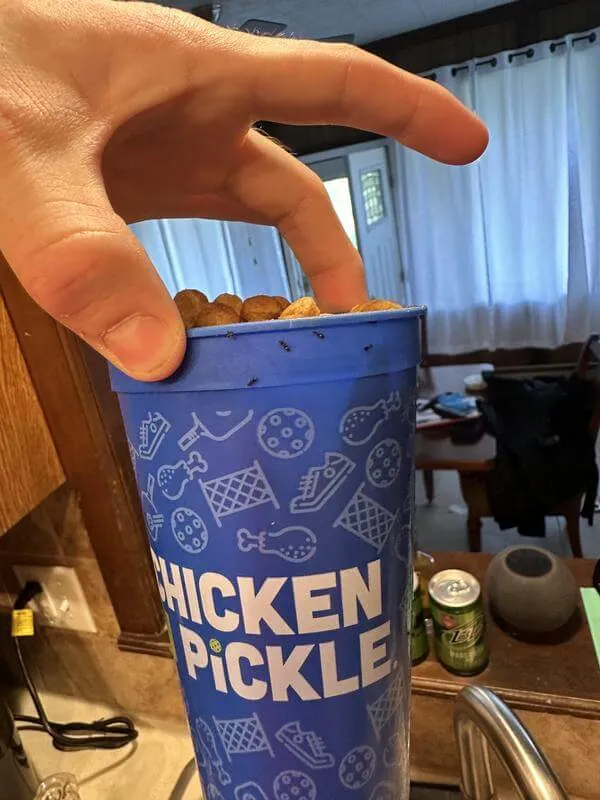
Conclusion & Expert Recommendation
Choosing the right diet for a dog with food allergies or digestive sensitivities can be overwhelming, but hydrolyzed protein dog food offers a scientifically backed solution. By breaking down proteins into smaller, non-reactive particles, this specialized diet helps prevent allergic reactions, supports gut health, and improves overall well-being.
If your dog experiences chronic itching, digestive issues, or frequent ear infections, switching to a hydrolyzed protein diet—under veterinary supervision—can make a significant difference.
Expert Recommendation
This guide has been reviewed by Dr. Emily Carter, DVM, a board-certified veterinary nutritionist with over 10 years of experience in pet dietary management.
“Hydrolyzed protein diets are one of the best tools we have for managing food allergies in dogs. They are backed by extensive veterinary research and have helped countless dogs lead healthier, itch-free lives. If your dog shows signs of food sensitivities, consult your veterinarian to determine if a hydrolyzed protein diet is the right choice.” – Dr. Carter, DVM
Next Steps
✅ Talk to Your Vet – Get a professional opinion before switching your dog’s diet.
✅ Choose the Right Brand – Stick to vet-recommended hydrolyzed protein dog food.
✅ Monitor Your Dog’s Progress – Track symptom improvements over 4-6 weeks.
💡 Final Tip: For long-term results, avoid feeding your dog any table scraps or unapproved treats that might trigger allergies. Stick to the prescribed diet for the best outcome.
By making an informed decision, you can help your furry friend live a happier, healthier, and allergy-free life!
